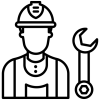Sanitation
Sanitation facilities are necessary, but very limited in Uganda. For this reason, EACO constructs toilets for schools, community centers, and homes which help to reduce incidences of diseases. We increase access to seed funds to support community generated activities that will complement and further infrastructural development.
Basic and accessible, yet, are inaccessible and uncommon
Latrines/toilets and clean water sources are amenities in which many deem as basic and accessible, yet, are inaccessible and uncommon in many parts of Uganda.
Clean Water
More than 24 million people lack access to basic drinking water services in Uganda.The shortest distance to a clean water source is 5.5 miles on average * and can get even further from there. The responsibility of finding a source and collecting this clean water requires an average of 15 hours a week *. This extensive time is essentially time wasted, this is time that could be utilized to work for money or for children to go to school.
Hygiene
The sanitation systems within Uganda used to provide people with clean water sources or latrines are not widely implemented. About 29 million people lack access to improved sanitation *. Over 4,500 children under 5 die a year from diarrheal diseases attributed to contaminated water, poor sanitation and unsafe hygiene practices*.

EACO Uganda constructs feasible solutions for the insufficient supply of clean water sources and sanitation facilities. EACO addresses this issue by constructing toilets, wells, bore holes, and water safe tanks for the disadvantaged communities of Uganda. The manufacturing of a single water well provides a clean, sustainable source of water for about 3,000 beneficiaries in close proximity to them. EACO is striving to install water wells in five sub-counties through the strategic alliances and partnerships between public and private entities for development.
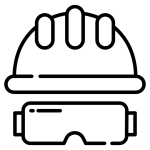
EACO, in its best efforts, seeks to prioritize environmentally friendly construction. We do so through the installation and utilization of hand pumps. We may also use solar pumps in order to increase production, as well as, population increase. The following covers the different functions of the Sanitation Program:
[ ] Access to water
[ ] Water conservation and security diseases
[ ] Improvement and access to sanitation facilities
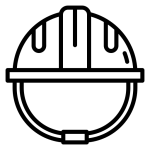
* EACO Uganda / * World Vision
© 2020 | Empower And Care Organization No. MG/2006/10/294
